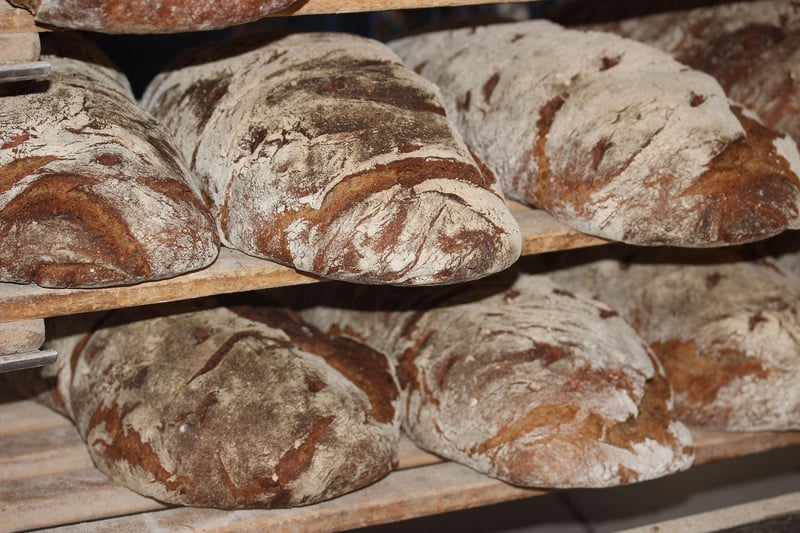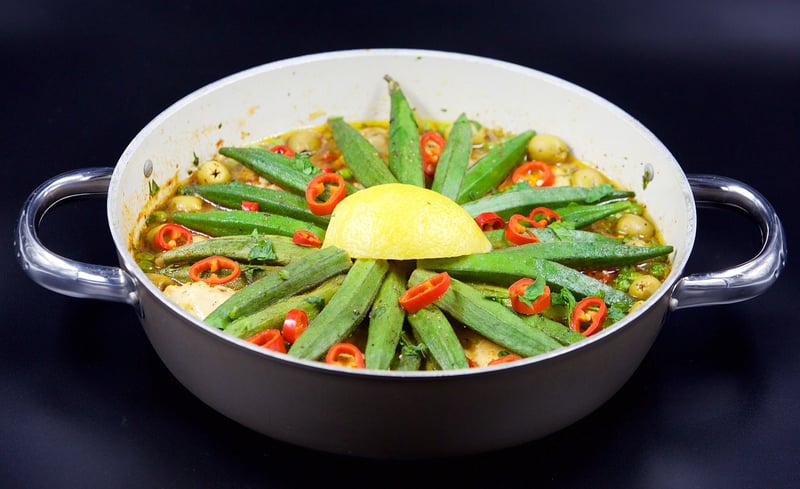Cultural influences
Uncovering the Stories Behind Food and Cultural Influences
Food is not just a means of sustenance; it is a reflection of our cultural heritage, traditions, and history. Each dish on our plates carries with it a story that speaks volumes about the people who created it and the influences that shaped its flavors. Let's delve into the fascinating world where food and culture intertwine.
The Influence of Geography
One of the key factors that shape a region's cuisine is its geography. The availability of certain ingredients, climate conditions, and proximity to water bodies all play a significant role in determining the flavors and cooking techniques of a particular culture.
Historical Significance
Many dishes have historical significance, often rooted in traditions that have been passed down through generations. Whether it's a special recipe prepared during festivals or a meal that symbolizes unity and celebration, food carries the weight of history on its flavorful journey.
Migration and Fusion
As people migrate and settle in new lands, they bring with them their culinary traditions. This leads to a beautiful fusion of flavors, where ingredients and cooking styles from different cultures blend to create unique and delicious dishes that tell a tale of cultural exchange.
Religious Influences
Religion also plays a significant role in shaping food habits. Many cultures have specific dietary restrictions based on religious beliefs, leading to the development of distinct cuisines that are intertwined with spirituality and faith.
The Power of Traditions
Food traditions are a cornerstone of cultural identity. From the way a dish is prepared to the rituals surrounding a meal, traditions breathe life into our culinary experiences and connect us to our roots in a profound way.
Celebrating Diversity
Our world is a melting pot of cultures, each contributing to the rich tapestry of flavors that define our global culinary landscape. By embracing diversity and exploring the stories behind different cuisines, we not only satisfy our taste buds but also gain a deeper appreciation for the people and cultures that have shaped our food traditions.
Conclusion
Food is a universal language that transcends borders and brings people together. By understanding the stories behind food and cultural influences, we can embark on a flavorful journey that celebrates diversity, history, and the shared human experience.



